Tour Ray's Seagram Building HQ, an ode to art and modernism in New York City
Real estate venture Ray’s Seagram Building HQ in New York is a homage to corporate modernism
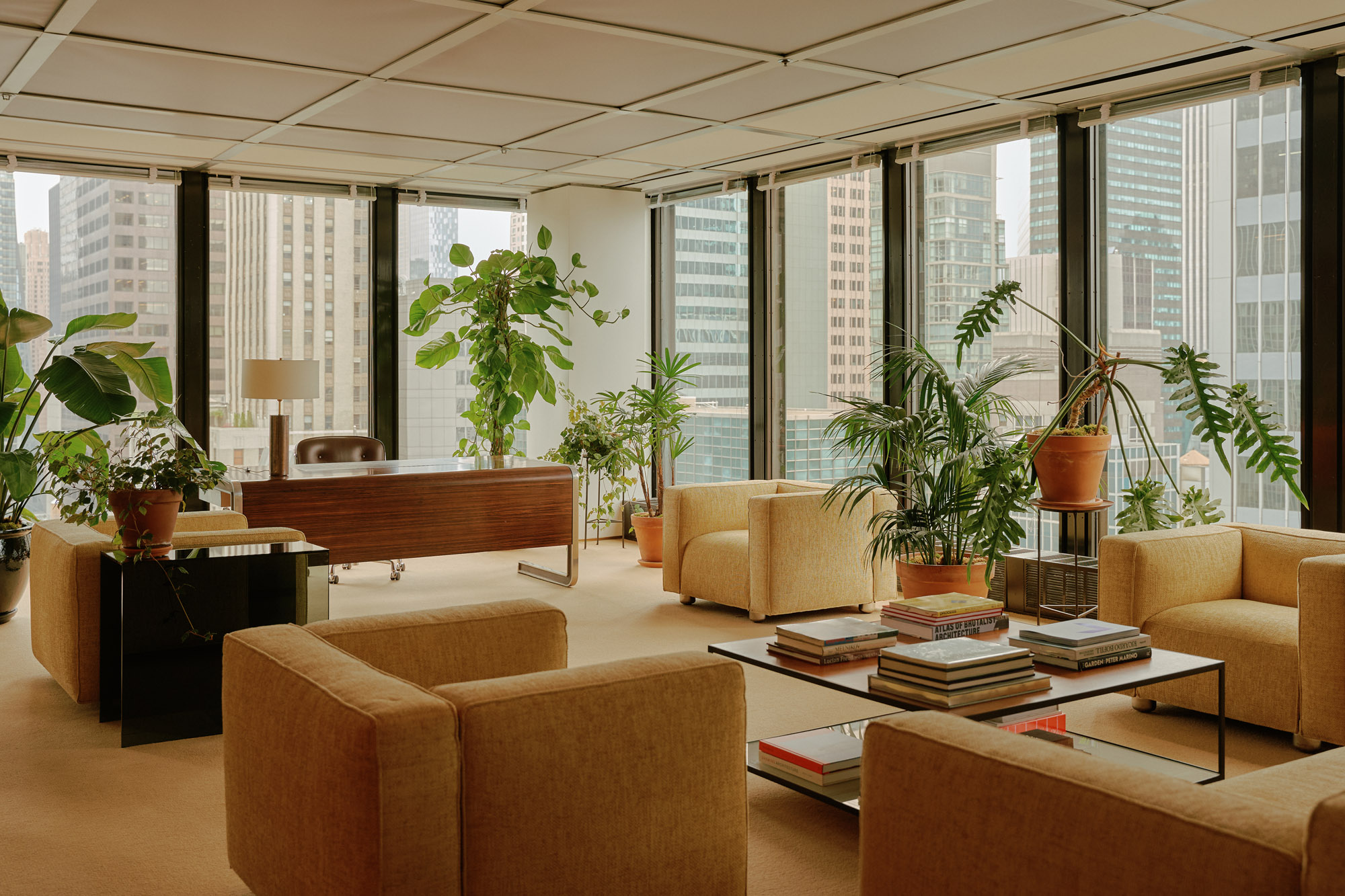
Good taste, as they say, never goes out of style, and the aphorism is no more apparent than in the New York headquarters of Ray, a residential development company helmed by the art collector and Garage Museum founder Dasha Zhukova. The office is located on the 25th floor of Ludwig Mies van der Rohe’s Seagram Building at 375 Park Avenue, and Ray creative director Suzanne Demisch, of design gallery Demisch Danant, has made it a homage to corporate modernism with bookmatched rosewood walls, Florence Knoll sofas and pale gold carpeting. With a panorama of Manhattan visible through its floor-to-ceiling windows, and artwork by Taryn Simon and Jonas Wood, the office is as inspiring as it is commanding.
Meanwhile, Ray is remaking skylines across the US with residential high-rises that reflect the same sensibility as its HQ: materially rich and outfitted with vintage furniture and contemporary art – the sort of places where design obsessives feel right at home. But more than building skyscrapers, Ray is also nurturing artistically-minded communities within them, establishing creative hubs not only for their residents, but for the city as a whole. ‘We believe that an intimate shared experience of art, design and architecture has the power to positively impact people’s lives,’ says Demisch.
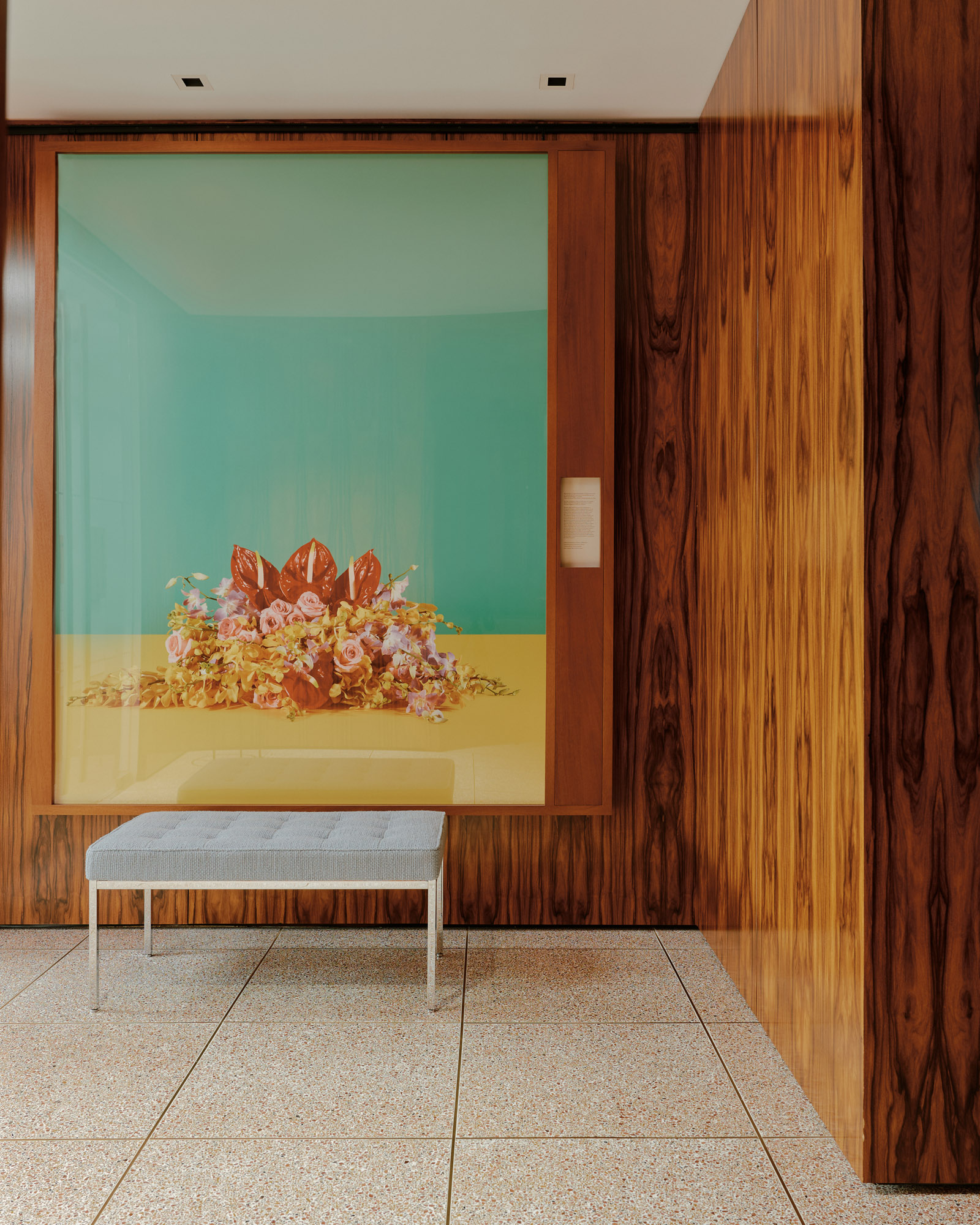
Taryn Simon’s Memorandum of Understanding between the Royal Government of Cambodia and the Government of Australia Relating to the Settlement of Refugees in Cambodia. Ministry of Interior, Phnom Penh, Cambodia, September 26, 2014, part of the Paperwork and the Will of Capital series, 2015
Step inside Ray's Seagram Building office
The developer’s projects include Ray Philly, with Leong Leong; Ray Harlem, in collaboration with Frida Escobedo and Little Wing Lee; and Ray Phoenix and Ray Nashville, both with Johnston Marklee and Parts and Labor. In the residential real estate landscape, this type of pedigree is typically reserved for condominiums, but all of Ray’s projects are mixed-use rental buildings, with apartments on the upper floors and cultural programming at street level. While cities across the country are looking to mixed-use development to bring much-needed housing into urban centres, the aesthetics are generally woefully nondescript, with design value-engineered out.
Ray’s projects, on the other hand, centre on design and so are more civic-minded – an approach that entices its collaborators. ‘Multi-family rental housing is one of the most important typologies we can invest in today to make our cities more liveable,’ says Sharon Johnston of Johnston Marklee. ‘A human scale and attention to detail [in these projects] will contribute to pedestrian life in these cities.’

‘Eames Executive’ chairs in the HQ’s conference room
Sitting on the border of Philadelphia’s Fishtown and Kensington, former industrial areas that are now artistic hubs, Ray Philly, the first completed project, demonstrates this approach. Architects Leong Leong knew that the building would need to engage with its neighbourhood. ‘For us, this meant leaning into the materiality of the historic buildings and thinking about how to work with brick in a tactile way, creating a story tied to its place through a sense of depth and relief – not an easy feat within typical development constraints,’ says Dominic Leong. For the façade, the firm specified the same hand-split brick found on Vitra’s Schaudepot by Herzog & de Meuron in Germany. On the ground floor, there is a co-working lounge, artist studios, and a retail and project space for Ulises, a local art book publisher.
Thanks to its design and programming, Ray Philly feels as though it has always been a part of the area, even though it only opened in 2023. ‘It delights us when residents ask, ‘What was this building before?’ says Demisch. ‘It’s our ultimate desire for our development projects to feel at home in the neighbourhoods in which we build, while also contributing something architecturally significant for decades to come.’
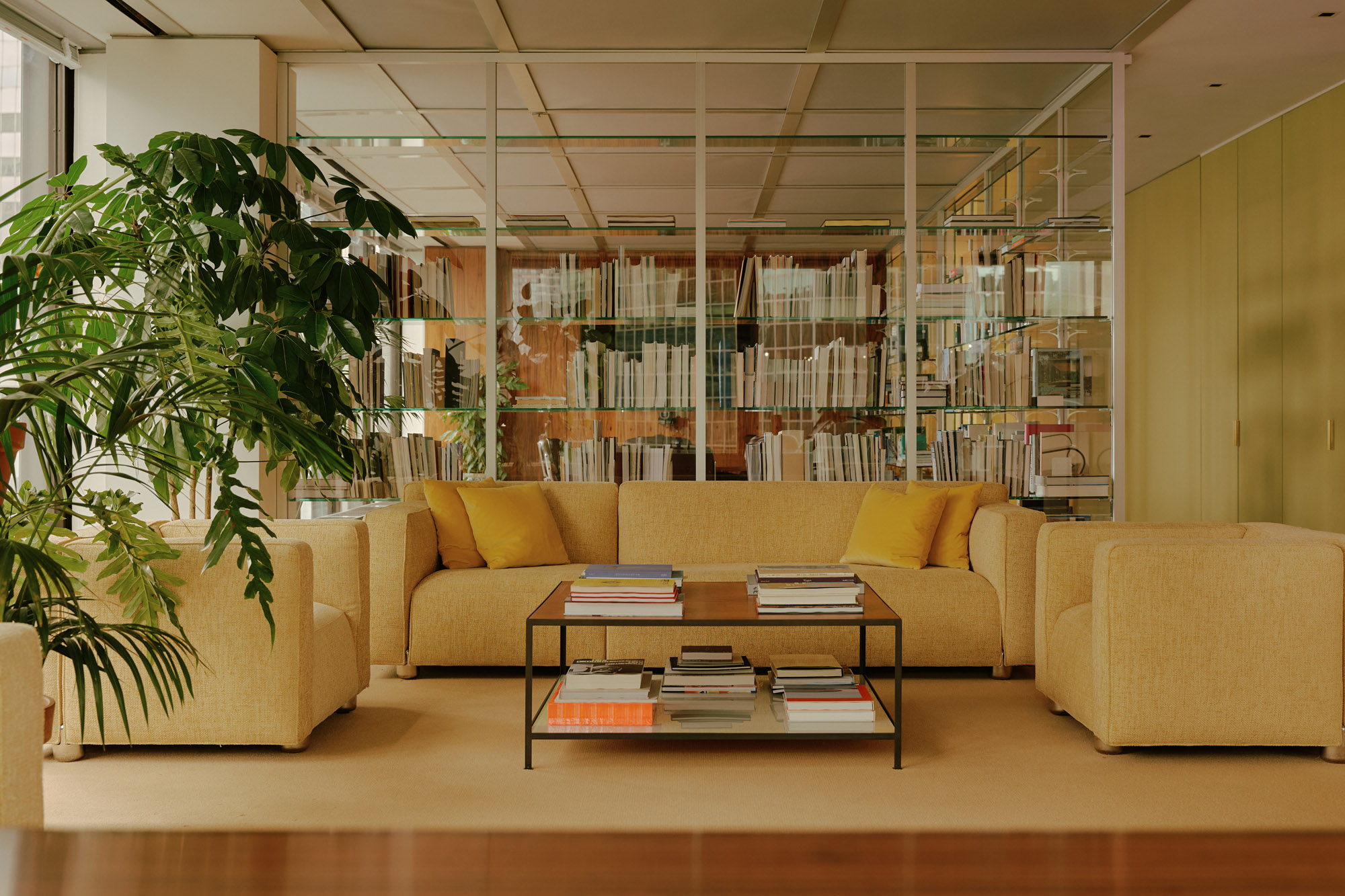
You’ll find a similar neighbourhood-specific approach in all of Ray’s projects. Ray Harlem, which is set to open later this year, includes more than 200 market-rate and affordable apartments and will also be the new home of the National Black Theatre, founded in New York in 1968. The building’s pink-red brick exterior nods to the Osun-Osogbo sacred grove in Nigeria (the theatre’s former space was adorned with sculptures by contemporary artists from the grove) and its ground-floor ‘living room’ will be open to the public. Ray Phoenix, opening in 2026, also takes cues from its surroundings. Its green façade will change with the sunlight throughout the day – ‘a reflection of the ephemerality of life in an arid climate,’ says Johnston. She’s still fine-tuning the Ray Nashville project, but when it’s complete in 2027, its blues will blend in with the sky.
Receive our daily digest of inspiration, escapism and design stories from around the world direct to your inbox.
Demisch hopes that Ray’s approach appeals to other developers. ‘We need a paradigm shift, where visual culture is not treated as an afterthought but embraced as a cornerstone of development practices for the benefit of residents and the entire community,’ she says.
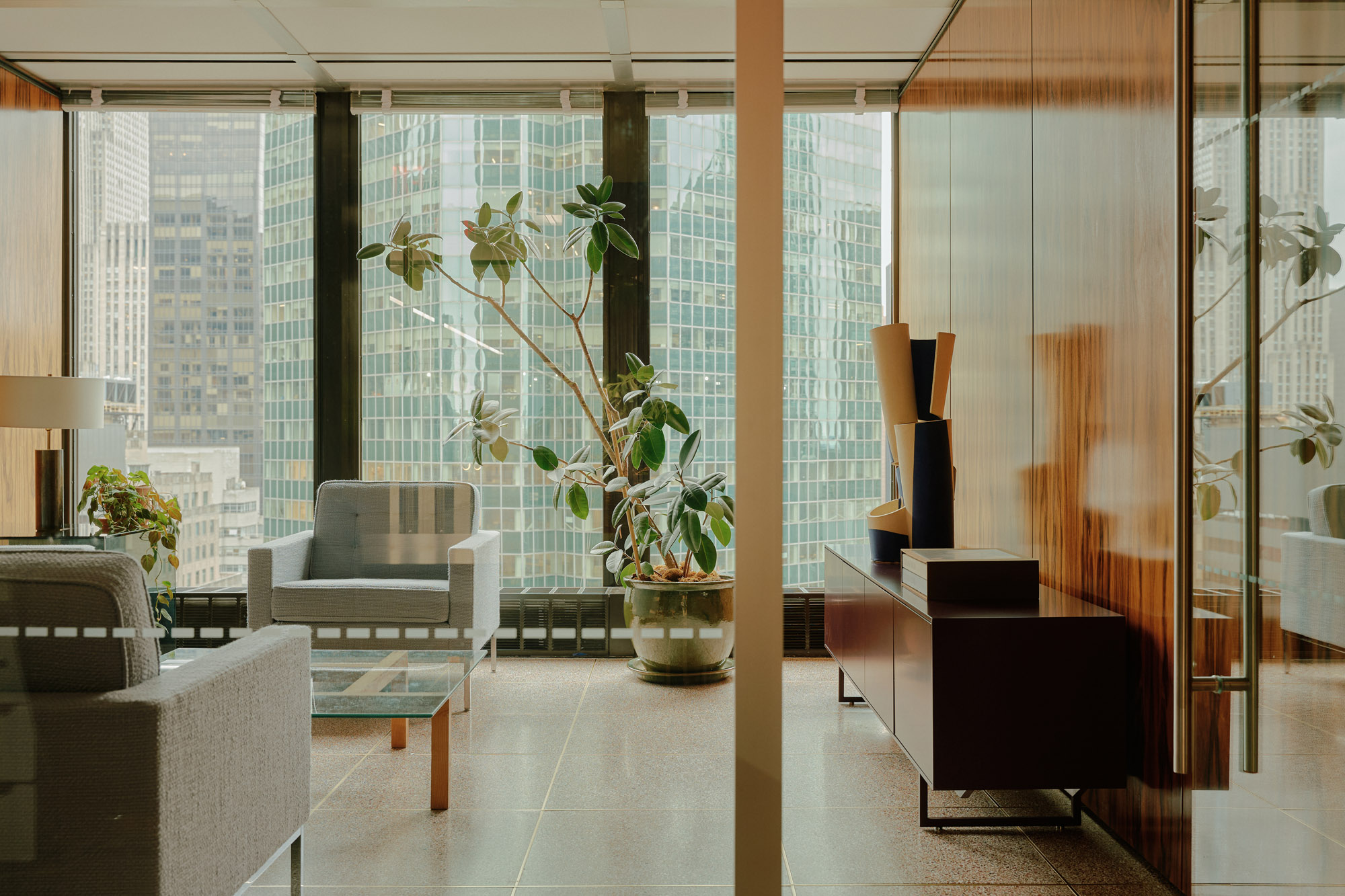
Diana Budds is an independent design journalist based in New York
-
 Volvo’s quest for safety has resulted in this new, ultra-legible in-car typeface, Volvo Centum
Volvo’s quest for safety has resulted in this new, ultra-legible in-car typeface, Volvo CentumDalton Maag designs a new sans serif typeface for the Swedish carmaker, Volvo Centum, building on the brand’s strong safety ethos
-
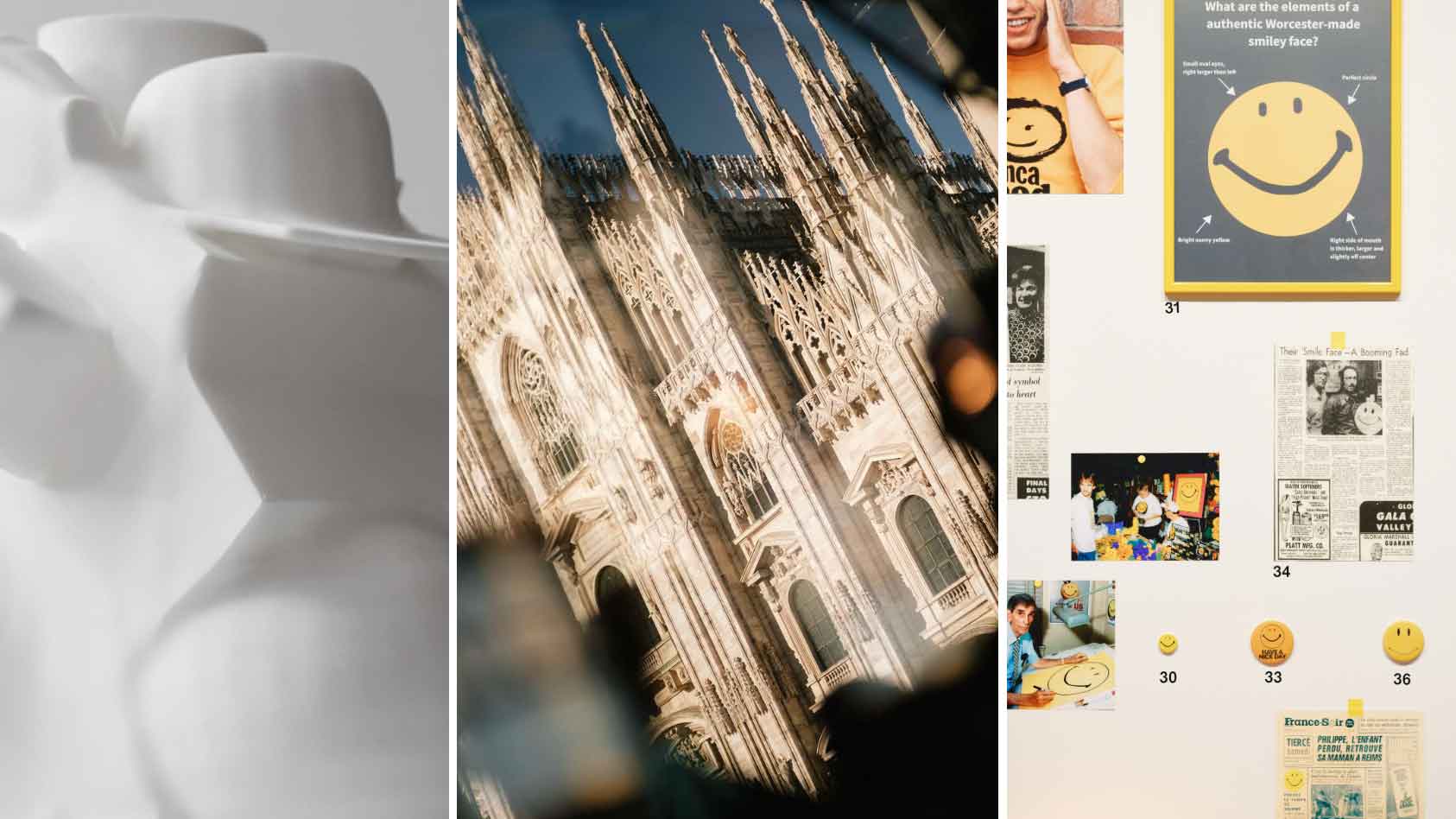 We asked six creative leaders to tell us their design predictions for the year ahead
We asked six creative leaders to tell us their design predictions for the year aheadWhat will be the trends shaping the design world in 2026? Six creative leaders share their creative predictions for next year, alongside some wise advice: be present, connect, embrace AI
-
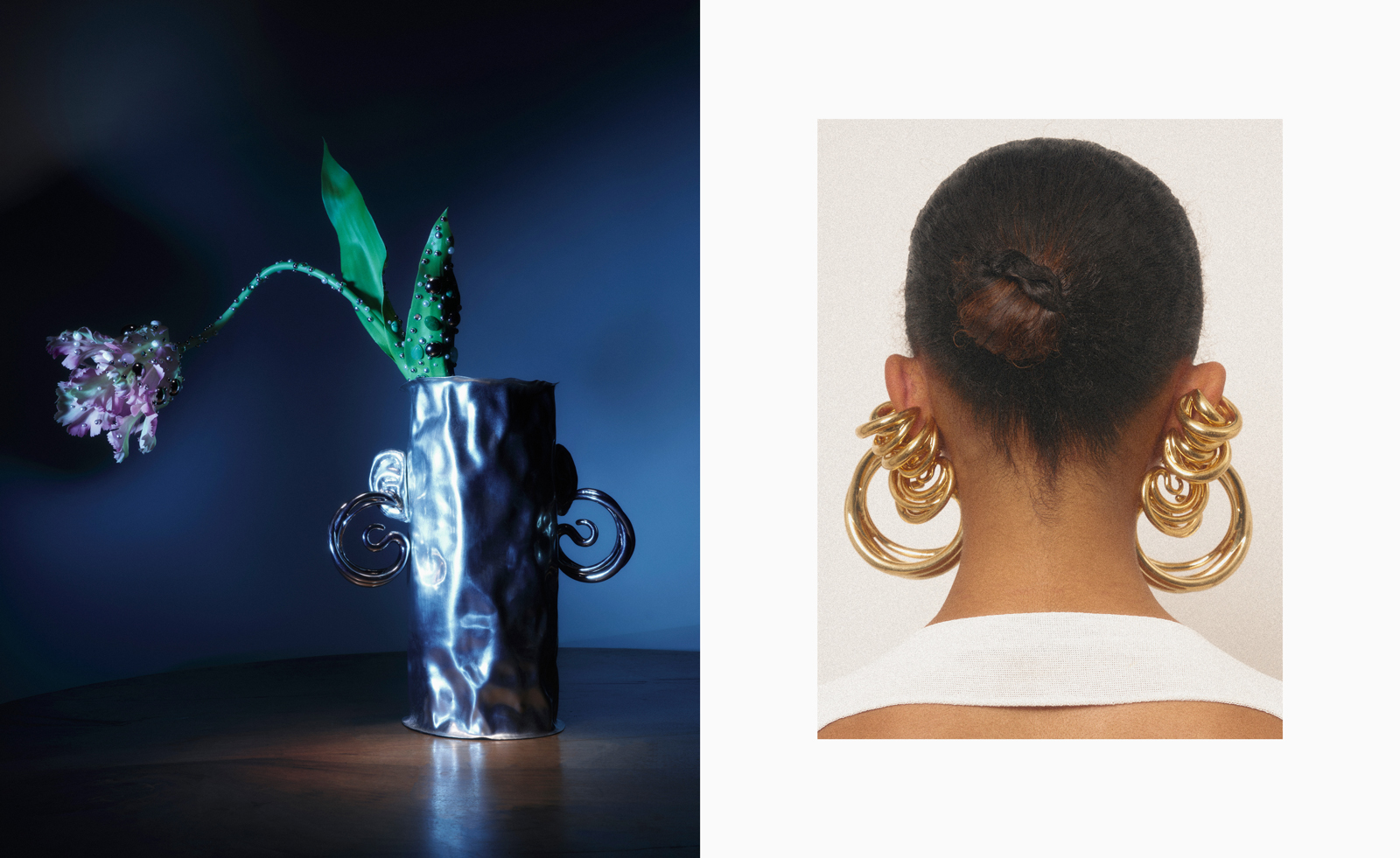 10 watch and jewellery moments that dazzled us in 2025
10 watch and jewellery moments that dazzled us in 2025From unexpected watch collaborations to eclectic materials and offbeat designs, here are the watch and jewellery moments we enjoyed this year
-
 Step inside this resilient, river-facing cabin for a life with ‘less stuff’
Step inside this resilient, river-facing cabin for a life with ‘less stuff’A tough little cabin designed by architects Wittman Estes, with a big view of the Pacific Northwest's Wenatchee River, is the perfect cosy retreat
-
 Remembering Robert A.M. Stern, an architect who discovered possibility in the past
Remembering Robert A.M. Stern, an architect who discovered possibility in the pastIt's easy to dismiss the late architect as a traditionalist. But Stern was, in fact, a design rebel whose buildings were as distinctly grand and buttoned-up as his chalk-striped suits
-
 Own an early John Lautner, perched in LA’s Echo Park hills
Own an early John Lautner, perched in LA’s Echo Park hillsThe restored and updated Jules Salkin Residence by John Lautner is a unique piece of Californian design heritage, an early private house by the Frank Lloyd Wright acolyte that points to his future iconic status
-
 The Architecture Edit: Wallpaper’s houses of the month
The Architecture Edit: Wallpaper’s houses of the monthFrom wineries-turned-music studios to fire-resistant holiday homes, these are the properties that have most impressed the Wallpaper* editors this month
-
 The Stahl House – an icon of mid-century modernism – is for sale in Los Angeles
The Stahl House – an icon of mid-century modernism – is for sale in Los AngelesAfter 65 years in the hands of the same family, the home, also known as Case Study House #22, has been listed for $25 million
-
 Houston's Ismaili Centre is the most dazzling new building in America. Here's a look inside
Houston's Ismaili Centre is the most dazzling new building in America. Here's a look insideLondon-based architect Farshid Moussavi designed a new building open to all – and in the process, has created a gleaming new monument
-
 Frank Lloyd Wright’s Fountainhead will be opened to the public for the first time
Frank Lloyd Wright’s Fountainhead will be opened to the public for the first timeThe home, a defining example of the architect’s vision for American design, has been acquired by the Mississippi Museum of Art, which will open it to the public, giving visitors the chance to experience Frank Lloyd Wright’s genius firsthand
-
 Clad in terracotta, these new Williamsburg homes blend loft living and an organic feel
Clad in terracotta, these new Williamsburg homes blend loft living and an organic feelThe Williamsburg homes inside 103 Grand Street, designed by Brooklyn-based architects Of Possible, bring together elegant interiors and dramatic outdoor space in a slick, stacked volume